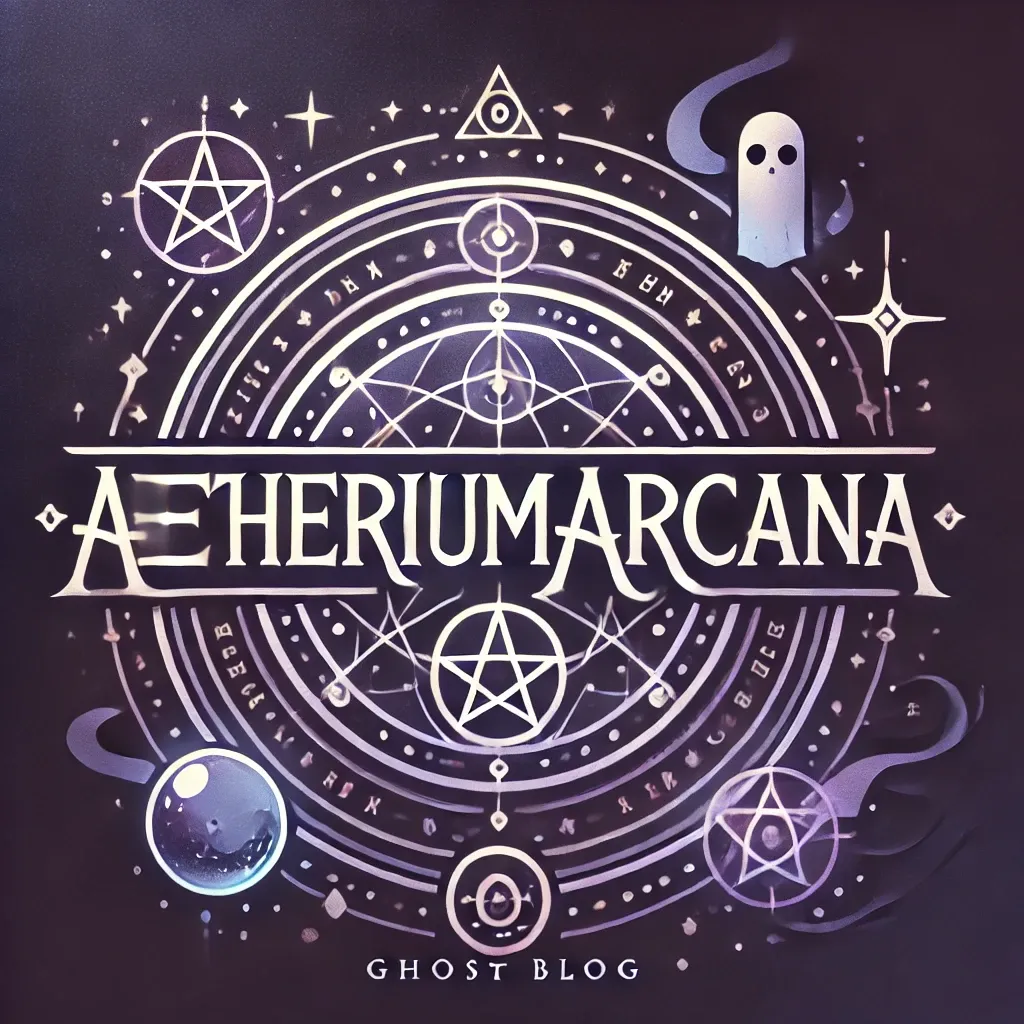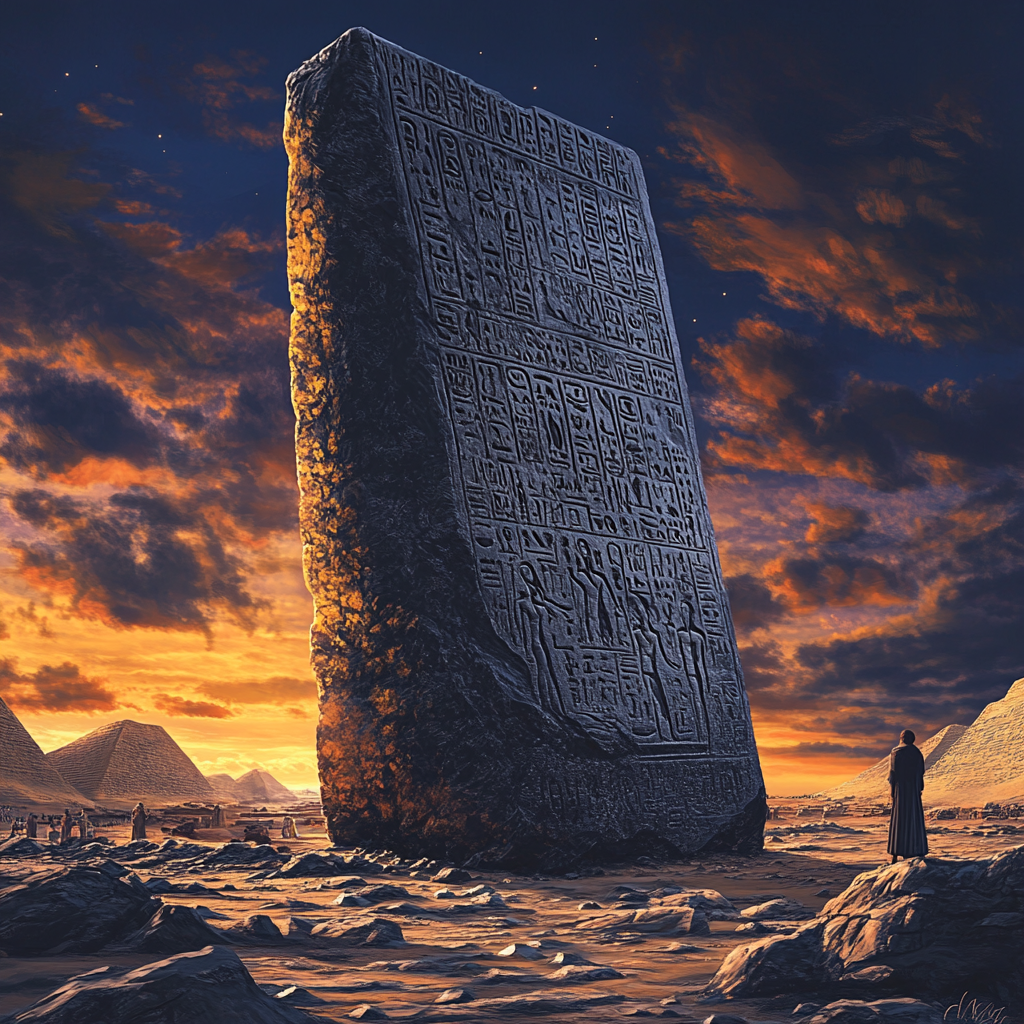When Napoleon's expedition to Egypt unearthed a black basalt slab near the Nile Delta in 1799, no one present could have guessed its destiny as the most famous inscription in the history of linguistics. The stone was discovered at Fort Julien, near the town of Rosetta (Rashid), during the construction of fortifications by French engineers. Though they could not yet read it, scholars instantly recognized its potential: it bore the same text written three times—in Greek, Demotic, and Egyptian hieroglyphs.
The Greek portion, thankfully legible to the scholars of the Enlightenment, revealed that the text was a decree from 196 BCE affirming the royal cult of the young Pharaoh Ptolemy V. More importantly, it confirmed that the inscription was deliberately trilingual, intended to be understood by Egypt’s Greek, Egyptian, and priestly elites. This conscious multilingualism would prove vital. It offered scholars a fixed point of reference—one language known, the others mysterious, but now seemingly parallel.
Over the next two decades, European intellectuals raced to crack the code. Initial efforts focused on identifying names—proper nouns like “Ptolemy” and “Cleopatra”—which appeared enclosed in cartouches in the hieroglyphic text. Englishman Thomas Young made early headway, noting phonetic values tied to these royal names, but it was Jean-François Champollion who made the decisive leap. By 1822, Champollion had not only confirmed that hieroglyphs could function phonetically but had demonstrated a working understanding of the system’s grammar and structure.
This was not merely a linguistic achievement; it was a civilizational resurrection. For nearly 1,500 years, Egyptian hieroglyphs had been unreadable, their meaning reduced to speculation, mysticism, and myth. With their decipherment came access to thousands of previously mute texts—funerary inscriptions, temple dedications, legal codes, personal letters. The gods of Egypt, its pharaohs, and its scribes spoke again after centuries of silence.
The Rosetta Stone thus became the gold standard against which all other linguistic “keys” would be measured. Its particular power lay not simply in the presence of multiple languages, but in the relationship among them: a shared, semantically consistent decree, intentionally replicated across scripts of divergent cultural registers. The Greek text served as a bridge, not just between languages but between epochs—the ancient and the modern, the dead and the living.
Today, the term “Rosetta Stone” has become a metaphor invoked across disciplines—from genetics to computer science—whenever an interpretive breakthrough occurs via comparative structure. But its origin remains rooted in the banks of the Nile, where a broken slab preserved in three tongues gave voice once more to a civilization long entombed beneath sand and time.


Member discussion: